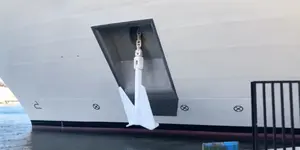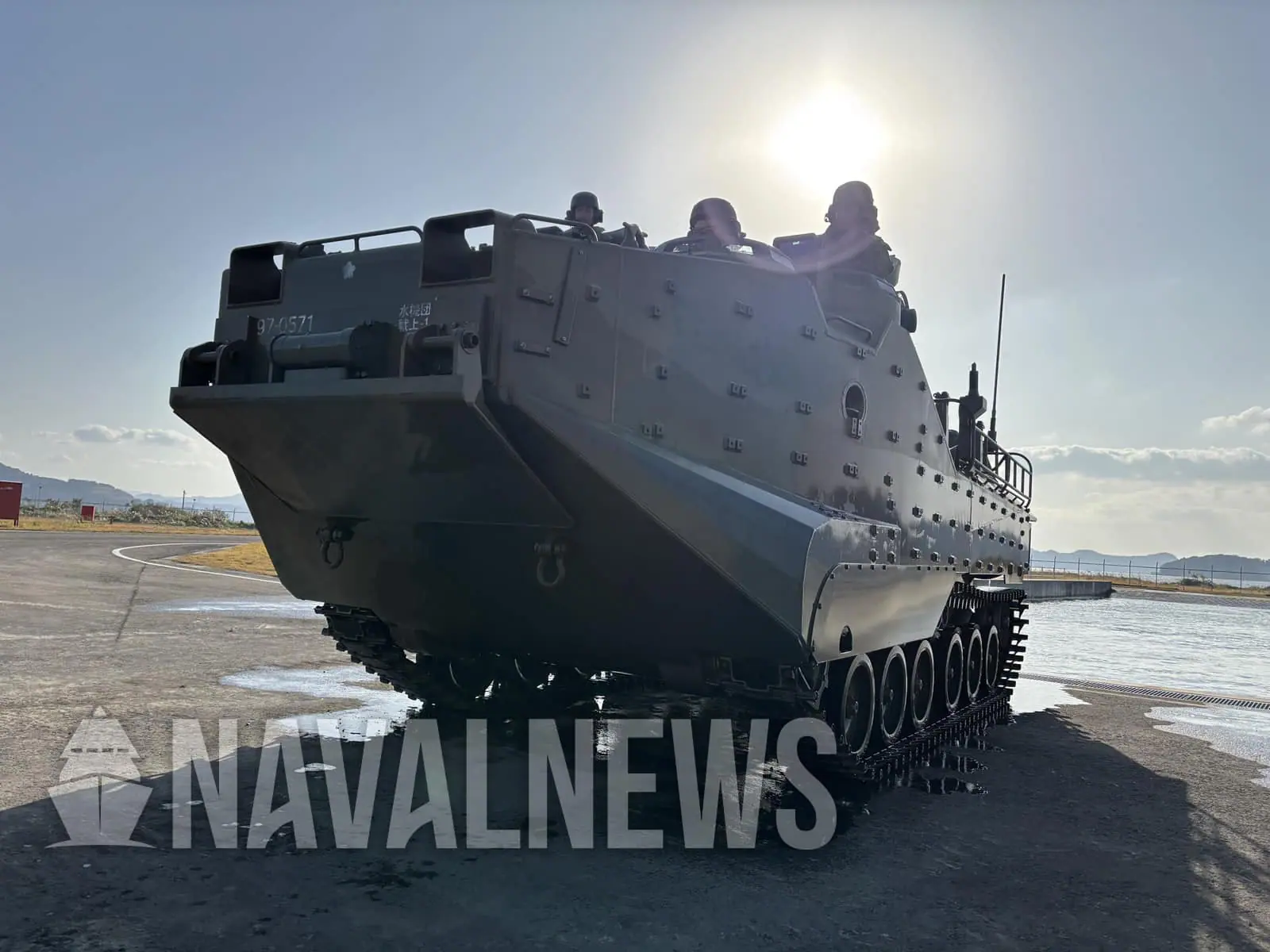Understanding How Cruise Ship Anchors Work
Ever wondered how a massive cruise ship stays still in the vast ocean? It’s not just about dropping a giant anchor. With insights from a cruise ship pilot, John, we’ll explore the mechanics behind cruise ship anchoring in straightforward terms.
Multiple Anchors and Their Purpose
Cruise ships typically carry two anchors—one on each side. A nautical saying suggests that the starboard anchor is used in the southern hemisphere and the port anchor in the northern hemisphere, thanks to the Coriolis force influencing storm system rotations. Using the correct anchor helps prevent cable tangling.
In practice, anchors are alternated to ensure equal wear. Depending on the current, ships may drop the anchor on the side facing the current for more efficient anchoring.
Anchor Size and Chain Length
The weight of a cruise ship’s anchor varies greatly. For instance, a large cruise ship’s anchor may weigh around 8 tons, comparable to that of an African elephant. Cruise ship anchors have evolved significantly over time, both in size and design.
Anchors are connected to chains measured in shackles, with each shackle being 15 fathoms long (approximately 90 feet). Cruise ships generally have chains ranging from 900 to 990 feet in length. Each link of the anchor chain weighs about 50 kg, resulting in the entire anchor chain weighing around 50 tons.
Typically, when dropping an anchor, about four to five times the water’s depth in chain is necessary. For example, in 25 meters of water, 100 to 125 meters of chain is laid out, allowing for variability based on wind and current conditions.
Anchor Chain Storage and Anchoring Process
Cruise ships’ anchor chains are stored in chain lockers located beneath the windlass—the winch responsible for retrieving the anchor. This chain can be removed and reversed during dry dock to ensure even wear.
When preparing to anchor, the ship reduces speed, and the engines are reversed to position the anchor effectively. A windlass, often electrically powered, drops the anchor under controlled conditions to avoid entanglement.
Mechanisms of Anchoring
Upon dropping the anchor, it descends to the seabed, where its flukes dig in, holding the ship in place. Despite this, anchors don’t physically hold ships—they help maintain their position via the catenary of the chain laid across the seabed, allowing the ship to swing slightly without drifting away.
Challenges in Anchoring
Certain seabed conditions are more favorable for anchoring than others. Good holding ground—often mud—ensures secure anchoring, while poor holding ground may result in dragging, where the anchor fails to grip. Remedies for dragging include lengthening the cable or repositioning the anchor.
Using Anchors for Maneuvering
Anchors can also serve as maneuvering aids while navigating tight spaces. Lowering the anchor just above the sea floor allows the ship to pivot around the anchor point.
Recovering the Anchor
Retrieving the anchor involves reversing the dropping process. The officer on deck communicates with the captain to ensure the cable is clear, and the anchor is heaved back onto the ship. Signals such as “anchor sighted” and “anchor home” indicate successful recovery, allowing the ship to resume its voyage.
Conclusion
In summary, understanding the intricate mechanisms of cruise ship anchoring reveals the complexity behind what seems like a simple process. From multiple anchors to heavy chains and advanced technology, the coordination involved ensures that cruise ships can safely anchor and stay secure in the ocean. If you have more questions about cruise operations, feel free to ask!




